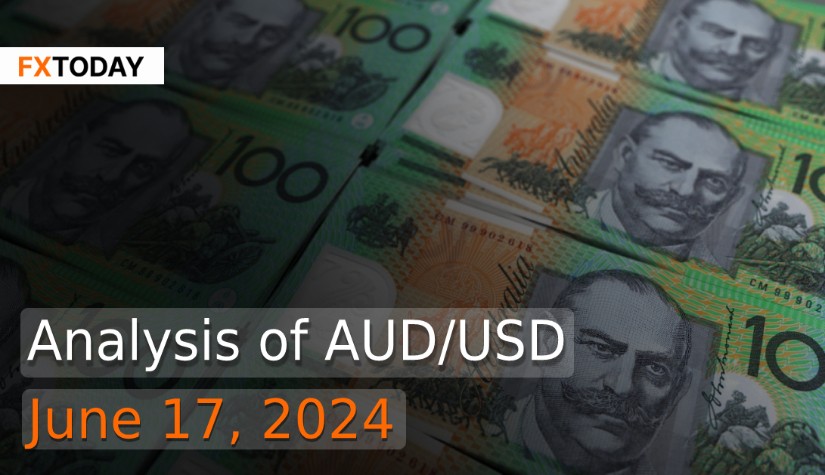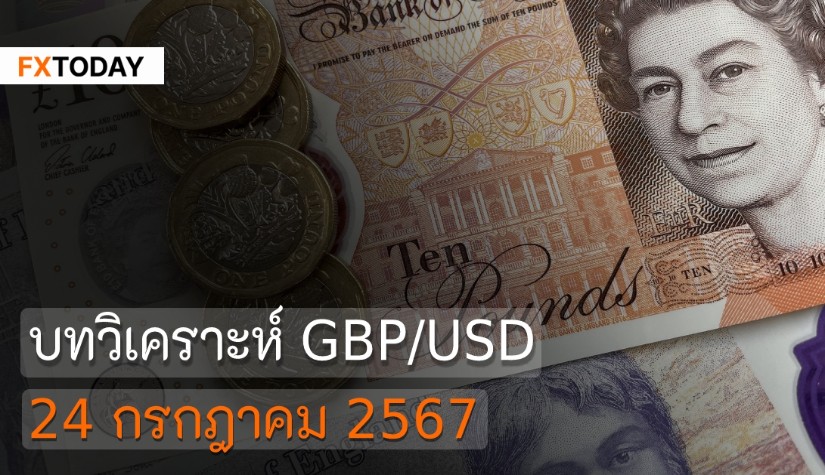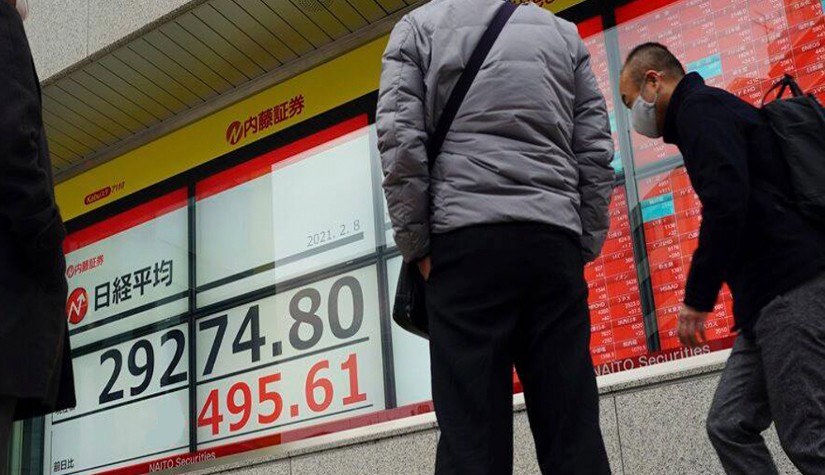RBA Expected to Hold Rates Amid Persistent Inflation; Economists Predict Q4 2024 Cut
The Reserve Bank of Australia (RBA) is anticipated to keep its key policy rate unchanged at 4.35% for the fifth consecutive meeting due to ongoing inflation concerns, according to a Reuters poll of economists. Most economists expect the first rate cut in the last quarter of the year. Despite a slowdown in economic growth and a jobless rate easing to 4%, high inflation suggests that an early rate reduction is unlikely.
The RBA is forecasted to maintain the current rate through the next quarter, followed by a 25 basis point cut to 4.10% in Q4 2024. Further reductions of 25 basis points each in Q1 and Q2 2025 are expected, with a pause in Q3, potentially lowering the cash rate to 3.35% by late 2025.
The Australian economy barely grew in the March quarter, largely due to high borrowing costs and persistent inflation, impacting consumer spending. The GDP rose only 1.1% year-on-year in Q1 2024, below expectations, and slowed from the previous quarter. Consumer spending weakened significantly, though government spending on household benefits and energy relief helped keep GDP positive. Business investment also declined, with total capital expenditure dropping 0.9%.
In May, Australian employment outperformed expectations, with a net employment rise of 39,700, largely due to an increase in full-time jobs. The jobless rate decreased to 4.0%. The Australian dollar saw a brief rise following this news but settled quickly.
Business conditions in Australia declined further in May, with a National Australia Bank survey showing a fall in its business conditions index due to slower sales and profits growth, despite an increase in employment. Quarterly retail price growth and cost pressures re-accelerated.
Australia's trade balance improved significantly in April, reaching A$6.5 billion ($4.34 billion) as a steep 7.2% drop in imports outweighed a 2.5% decline in exports, influenced by slowing global demand, especially from China. Despite lower prices and volumes of key exports like iron ore and coal, the trade surplus surpassed expectations due to reduced demand for computing gear, clothing, and industrial supplies amid weak local economic conditions.
The dollar remained strong on Monday as investors await significant economic data from China to gauge the health of the world's second-largest economy.
U.S. import prices fell in May for the first time in five months, thanks to lower energy costs, improving the domestic inflation outlook. This positive report from the Labor Department, along with recent tame inflation readings, keeps the possibility of a Federal Reserve interest rate cut in September alive.
Despite signs of easing inflation, consumer sentiment in the U.S. dropped to a seven-month low in June, as reported by a survey on Friday. Concerns over high prices and weakening incomes contributed to this dip.
U.S. home sales in May were among the lowest in a decade due to high mortgage rates and housing affordability at an all-time low. Median home prices hit record highs, and the 30-year fixed-mortgage rate remained around 7%, reducing both demand and supply. The number of homes for sale remains about 25% below pre-pandemic levels as sellers hold onto lower fixed mortgage rates secured during a period of cheaper debt.
The Fed's June meeting indicated only one rate cut this year, down from an earlier estimate of three cuts. Fed-funds futures traders now see a 61.4% chance of a September rate cut and a 72% chance of at least two cuts by year-end.
Upcoming U.S. retail sales data will be closely watched to assess the impact of higher interest rates on the economy. Economists expect a 0.3% rise in May retail sales after flat numbers in April. Investors will also listen to several Federal Reserve policymakers this week for further insights into the economy and potential rate cuts. As a result, the AUD might experience a slight upward trend in the short term, but long-term appreciation is expected to remain limited.
Data for Technical Analysis (1H) CFD AUD/USD
Resistance : 0.6606, 0.6608, 0.6611
Support : 0.6600, 0.6598, 0.6595
1H Outlook
Source: TradingView
Buy/Long 1 If the support at the price range 0.6595 - 0.6600 is touched, but the support at 0.6600 cannot be broken, the TP may be set around 0.6606 and the SL around 0.6593, or up to the risk appetite.
Buy/Long 2 If the resistance can be broken at the price range of 0.6606 - 0.6611, TP may be set around 0.6617 and SL around 0.6598, or up to the risk appetite.
Sell/Short 1 If the resistance at the price range 0.6606 - 0.6611 is touched, but the resistance at 0.6606 cannot be broken, the TP may be set around 0.6598 and the SL around 0.6613, or up to the risk appetite.
Sell/Short 2 If the support can be broken at the price range of 0.6595 - 0.6600, TP may be set around 0.6588 and SL around 0.6608, or up to the risk appetite.
Pivot Points Jun 17, 2024 03:02AM GMT
|
Name
|
S3
|
S2
|
S1
|
Pivot Points
|
R1
|
R2
|
R3
|
|---|---|---|---|---|---|---|---|
| Classic | 0.659 | 0.6595 | 0.6598 | 0.6603 | 0.6606 | 0.6611 | 0.6614 |
| Fibonacci | 0.6595 | 0.6598 | 0.66 | 0.6603 | 0.6606 | 0.6608 | 0.6611 |
| Camarilla | 0.6599 | 0.66 | 0.66 | 0.6603 | 0.6602 | 0.6602 | 0.6603 |
| Woodie's | 0.6588 | 0.6594 | 0.6596 | 0.6602 | 0.6604 | 0.661 | 0.6612 |
| DeMark's | - | - | 0.6597 | 0.6602 | 0.6604 | - | - |
Sources: Investing 1, Investing 2
















